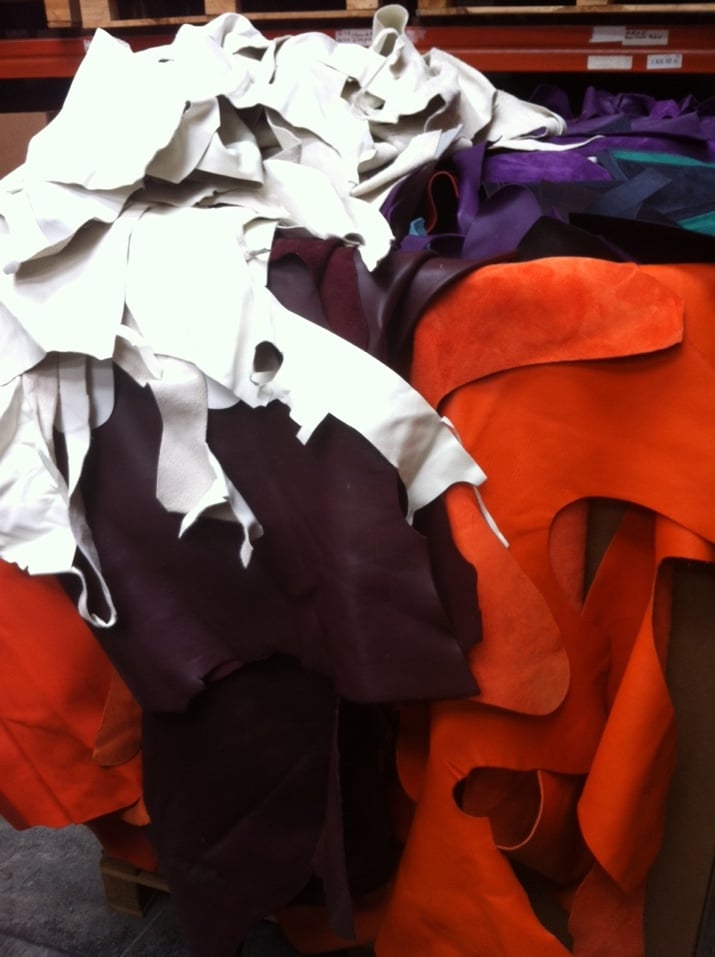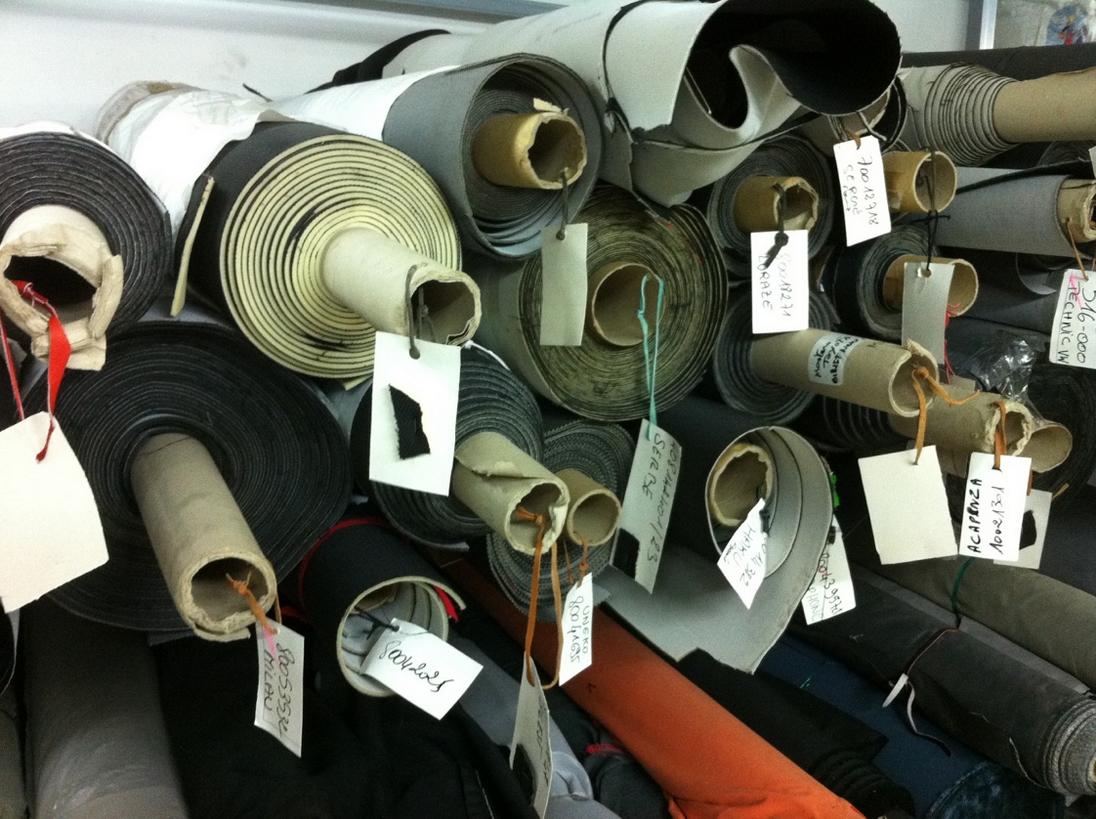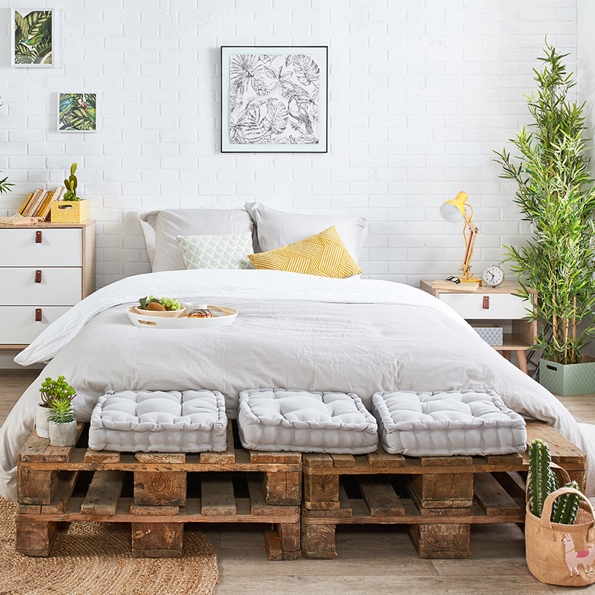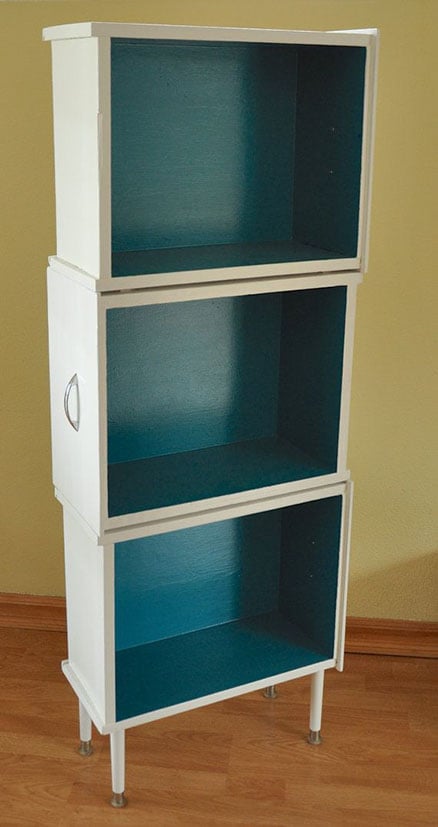What is upcycling?
« Nothing is lost, nothing is created, everything is transformed », Antoine Lavoisier.
This quote from the famous chemist, philosopher and economist takes on its full meaning in the notion of upcycling that appeared in the 90s.
This then innovative concept has become a common practice in fashion.
E2R is one of the forerunners of upcycling in leather goods.
When our brand was created in 2011, few people knew the term, and many asked us about it. Today the word and the concept are more known, here are the explanations and illustrations.
What is « upcycling »?
This concept was born in the mid-1990s thanks to Reiner Pilz. He decided not to destroy objects and thus avoid traditional recycling. Instead of throwing away unused objects, he wanted to add value to them instead of losing it. He therefore decided at that time to oppose the so-called traditional recycling to upcycling.
Upcycling relies on the imagination of consumers. Also known as « overcycling », this technique aims to give new life to used objects by giving them a second and more beautiful life.
Today, many companies are adopting this manufacturing technique.
Indeed, to launch out in the upcycling is a real economic asset for many sectors:
– The positive impact on the environment due to the zero-waste approach,
– Cost reductions
– The stimulation of creativity by giving a new functionality, a new use to an object,
– Accessibility to all, etc.
Here are some illustrated examples of upcycling:
Let’s come back to E2R to explain how the brand was born, and how this concept appeared obvious to Virginie, the creator!
E2R is an eco-responsible leather goods brand as you know, if you have been following us for a while, otherwise welcome to the newcomers who discover us.
We create collections of bags and mixed accessories designed for mobility from upcycled materials. Our materials come from upcycling: automotive fabrics, leather, seat belts.
Forerunner in sustainable fashion, with 10 years of experience in this market, our mission is to combine sustainability with elegance, and to create practical and functional bags that accompany you throughout your life.
The idea of creating a company came from the father of the founder, Virginie Nantas, who was involved in the automotive industry for a long time during his professional career. He knew that some stocks of fabrics were generally thrown away.
So, it immediately clicked in Virginie’s mind: « Why not reuse them and make fashion accessories out of them, instead of throwing them away? « . This exciting approach has been driving us for 10 years now!
Obviously, easier said than done!
Indeed, automotive fabrics are extremely robust and lend themselves well to a transformation into a bag, however, not being intended for this purpose, these fabrics are difficult to sew because often very thick, and this constrains the creation of bags. Their rigidity does not allow to sew all the shapes.
Moreover, being dark, it is not easy to imagine feminine bags from these materials.
Recovering existing fabrics imposes another constraint: the quantity. Each fabric is in random quantity, so sometimes we buy 500 m of a fabric and sometimes 30 m.
To elaborate a coherent collection with random materials and colors is a real headache for our designers.
Here is the state of the materials that we recover:



So, if the upcycling approach is a real progress in the sustainable sense of the term, it generates other constraints in the company, which explains why our creations have a certain cost.
What do you gain? A unique bag because produced in limited edition, of exceptional quality because it will follow you for life, and especially eco-responsible.
You can find here all our sustainable and solidarity commitments:
Many fashion brands have chosen to create in this way, and we can only congratulate them.
If you have any questions, don’t hesitate to contact us.
Head over to our E2R Facebook page or our Instagram @e2r_paris to find out more and share in our daily lives!
Bibliography:
E2R is referred to as:
https://www.modeintextile.fr/marques-de-mode-responsables-parient-lupcycling/
https://www.jjsphere.com/tendance-mode-slow-fashion-definition-upcycling-quest-ce-que-cest/
As a bonus, we found a very interesting video on this upcycling technique that we would like to share with you from Séga Kanouté, a journalist who has been looking into the issue of consuming in a more sustainable way:
https://www.gqmagazine.fr/style/article/pourquoi-on-devrait-tous-se-mettre-a-lupcycling
https://www.ungrandmarche.fr/blog/tendances/upcycling-2/
https://fr.fashionnetwork.com/news/L-upcycling-une-des-reponses-aux-maux-de-la-planete,1288380.html
https://blog.but.fr/article/5-idees-de-creation-avec-lupcycling/


